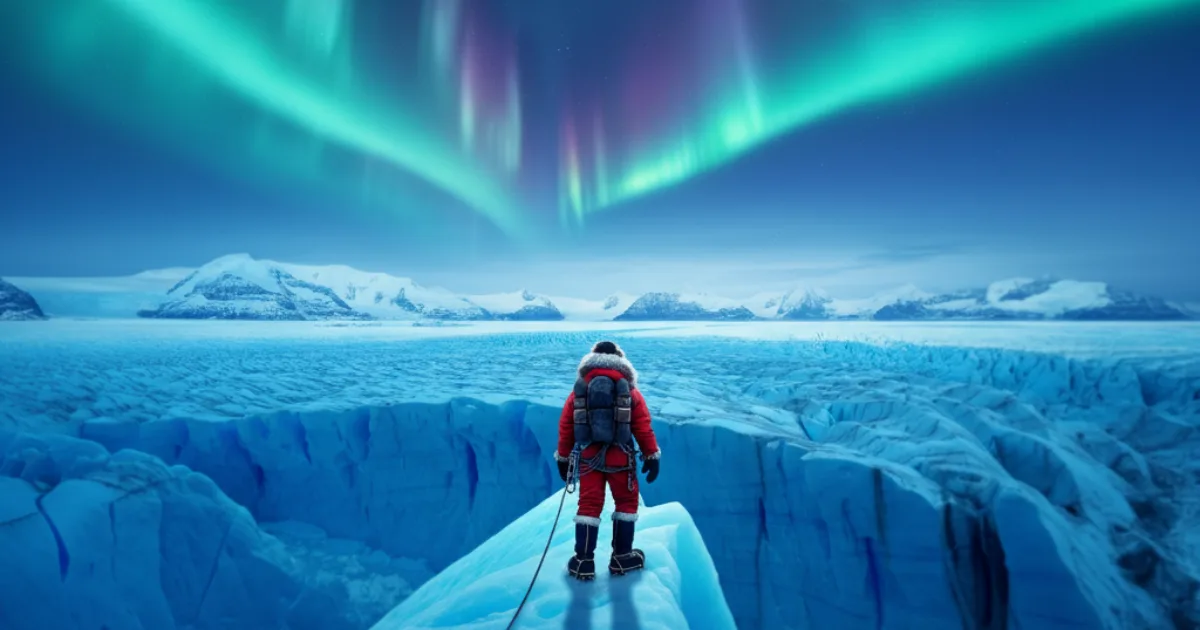“Journey to the End of the Earth” is a fascinating tale that transcends adventure, taking readers through a gripping exploration of survival, human resilience, and environmental awareness. This literary masterpiece, partly a travelogue and partly a reflective narrative, immerses readers in an unforgettable voyage to one of Earth’s most uncharted regions.
If you’re here to understand what makes this story so captivating, keep reading. We’ll explore the intricacies of its main characters, the thrilling plot, the recurring themes, and why this piece remains a favorite among critics and readers alike.
The Main Characters
Every extraordinary story needs compelling characters, and “Journey to the End of the Earth” delivers on this front. Below are the key individuals who drive the narrative:
The Protagonist
The protagonist, often the narrative’s voice, takes readers on a personal and physical voyage to Antarctica. Their perspective shapes the emotional and intellectual connection readers develop with the story. Through detailed observations and introspection, they provide insight into both the harsh reality of the environment and the beauty it holds.
Secondary Characters
Supporting characters include scientists, environmentalists, and adventurers, each bringing unique perspectives and expertise that enrich the account. These individuals help explore topics like the fragility of ecosystems, the evolution of species, and the impact of humanity on untouched natural landscapes. They are integral to showcasing the collaborative spirit necessary to thrive in extreme conditions.
The Thrilling Plot of Journey to the End of the Earth
“Journey to the End of the Earth” unfolds as a vivid chronicle of an expedition to Antarctica, offering readers both a literal and metaphorical adventure. Here’s a breakdown of the story’s progression:
Setting Out on the Journey
The narrative begins with a vivid description of the protagonist’s anticipation and preparation for the arduous trip. From selecting the right gear to understanding the rigorous scientific and environmental protocols, readers are thrust into the realities of exploration.
Facing the Elements
Once they arrive in Antarctica, the story shifts to the breathtaking yet relentless environment. The author masterfully depicts icy landscapes, freezing winds, and unpredictable weather conditions, immersing readers in the otherworldly setting. The protagonist’s struggle to acclimatize both physically and mentally to this hostile terrain offers ongoing tension.
Unexpected Challenges
Midway through the story, unexpected challenges arise. This part of the narrative showcases survival tactics and highlights the traits of perseverance and leadership among the group. Ethical dilemmas regarding environmental preservation and human interference are subtly woven into the plot.
Rising Action and Climax
The climax of the tale centers around a pivotal moment of revelation. Whether it’s a near-death experience or an awe-inspiring glimpse of nature’s raw power, this point is where the protagonist undergoes profound transformation, solidifying the story’s central themes.
Reflection and Return
The final chapters focus on the return from Antarctica, paired with introspections about how the experience has forever changed the protagonist’s understanding of humanity’s role in preserving the planet. Readers leave with a renewed perspective, mirroring the protagonist’s own evolution.
Key Themes in Journey to the End of the Earth
The narrative is rich with thought-provoking themes that resonate deeply with its audience. Here are the central ideas explored in the story:
1. Survival Against the Odds
Antarctica is depicted as a brutal, almost alien world. The theme of survival showcases the sheer resilience and ingenuity required to live in such an unforgiving environment. Readers are reminded of nature’s supremacy and the limits of human capability.
2. Exploration
At its heart, this is a tale of exploration. But it’s not just about physical discovery; it also dives into self-exploration. Through the protagonist’s account, readers are invited to reflect alongside them on life’s purpose, the concept of achievement, and the pursuit of the unknown.
3. Environmentalism
Perhaps the most urgent theme is environmentalism. By illustrating the pristine yet vulnerable ecosystems of Antarctica, the narrative questions humanity’s impact on the planet. The story offers a subtle warning about climate change and urges readers to think about their contributions to conservation.
4. Interconnectedness
Throughout the narrative, there is an underlying acknowledgment of how connected humanity is—to each other, to nature, and to the broader eco-systems of the planet. This theme is a call to recognize how collaborative efforts are essential for survival and sustainable living.
How the Story Has Been Received
“Journey to the End of the Earth” has garnered widespread acclaim for its immersive storytelling, timely themes, and profound reflection. Here’s a snapshot of its reception:
By Readers
Readers praise the book for its evocative descriptions and relatable emotional core. Those who have never set foot in Antarctica are transported to this icy wonderland, experiencing its beauty and dangers vicariously through the narrative.
By Critics
Critics often highlight the story’s ability to blend factual accuracy with poetic prose. Many consider it a fine example of literature that balances storytelling, philosophy, and advocacy, making it a standout piece in the genre of environmental and travel writing.
By Environmentalists
Environmental advocates value the book as a powerful ally in raising awareness about the importance of conserving fragile ecosystems. Its reflections on human impact resonate deeply with those advocating for the preservation of Earth’s remaining wild places.
Lessons and Impact of the Story
“Journey to the End of the Earth” is more than just a narrative about Antarctica. It’s a call to action, urging readers to reflect on their relationship with the environment and their place in the world. Its themes of resilience, collaboration, and conservation make it a timeless tale with relevance for generations.
Whether you’re a seasoned explorer or someone who simply enjoys gripping storytelling, this tale is a reminder of the profound beauty and fragility of our planet. It challenges us to do better, live more consciously, and treasure the natural world.

